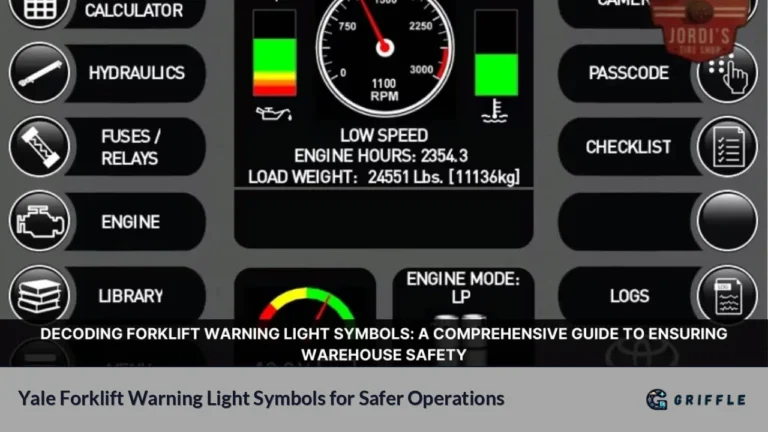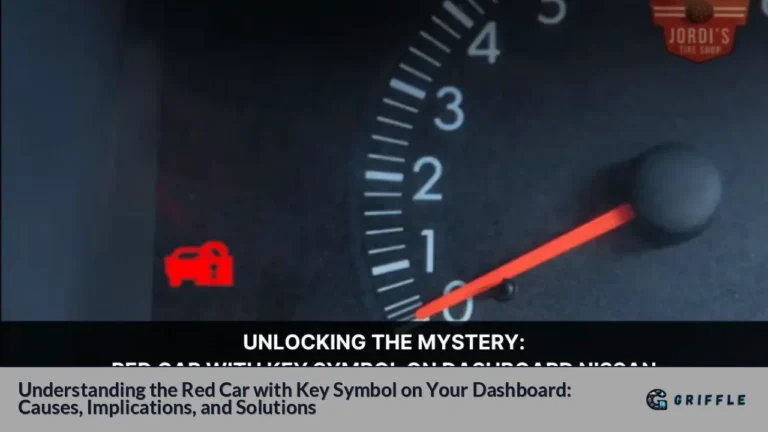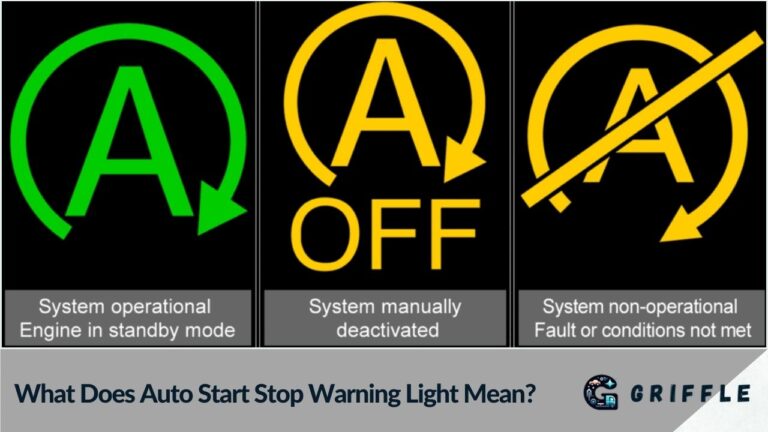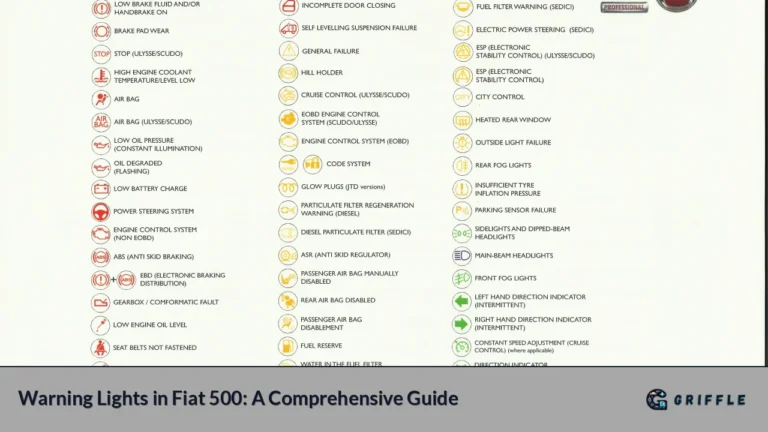On December 23, 2024, Mitsubishi Motors Corporation made headlines with its involvement in a significant memorandum of understanding (MoU) alongside Nissan and Honda. This agreement aims to explore potential business integration between the three automotive giants, a move that could reshape the landscape of the automotive industry. This article will delve into the implications of this development for consumers and the industry at large, analyzing both the immediate and long-term effects of such a collaboration.
Summary Table of Key Developments
| Date | Event | Impact on Industry |
|---|---|---|
| Dec 23, 2024 | Mitsubishi joins Nissan and Honda in MoU discussions for potential integration | Could lead to enhanced competitiveness and innovation in the EV sector |
| Expected Decision Date | End of January 2025 | Final decision on Mitsubishi's role in the integration |
| Projected Outcomes | Formation of a joint holding company by August 2026 | Potential to become one of the world's largest automakers |
The Significance of the MoU
The recent MoU signed by Mitsubishi, Nissan, and Honda marks a pivotal moment in the automotive sector. As global competition intensifies, particularly from emerging markets and electric vehicle (EV) manufacturers, traditional automakers are compelled to adapt through strategic alliances. This collaboration is not merely about merging resources but also about enhancing technological capabilities and market reach.
Strategic Rationale Behind the Integration
The automotive industry is undergoing a transformative phase characterized by rapid advancements in technology, especially in electrification and connectivity. The integration discussions reflect a shared recognition among these companies that collaboration could yield substantial benefits:
- Cost Efficiency: By pooling resources, the companies aim to reduce production costs and enhance profitability.
- Technological Advancements: Joint efforts in R&D can accelerate the development of next-generation electric vehicles and smart technologies.
- Market Expansion: A combined entity could leverage each brand's strengths to penetrate new markets more effectively.
Expert Opinions on Industry Impact
Industry experts have weighed in on this development, emphasizing its potential to reshape competitive dynamics. According to Takao Kato, President and CEO of Mitsubishi Motors, "In an era of change in the automotive industry, collaboration is critical." This sentiment underscores the urgency for traditional automakers to innovate rapidly or risk obsolescence.
Consumer Implications
The potential merger has significant implications for consumers. As these companies explore synergies, customers may benefit from:
- Enhanced Product Offerings: Consumers can expect a broader range of vehicles that incorporate advanced technologies at competitive prices.
- Improved Customer Experience: With shared resources, customer service and support could see enhancements, making ownership more satisfying.
- Sustainability Initiatives: The focus on electrification aligns with growing consumer demand for environmentally friendly vehicles. This could lead to more options for hybrid and electric models across all three brands.
Market Reactions
Initial reactions from consumers have been mixed. Some express optimism about increased competition leading to better products and services, while others remain cautious about potential downsides such as reduced brand identity or service quality. However, as noted by automotive analyst Mark Fulthorpe, “The stakes are high; if executed well, this could redefine consumer expectations in mobility.”
Long-Term Effects on the Automotive Landscape
Potential Market Shifts
If Mitsubishi successfully integrates into this alliance with Nissan and Honda, it could lead to significant shifts in market positioning:
- Increased Market Share: The combined sales volume could position them among the top three global automakers by sales volume.
- Competitive Edge: Enhanced capabilities in EV technology could give them an advantage over competitors like Toyota and Volkswagen.
Risks and Challenges
Despite the promising outlook, several risks accompany this integration:
- Cultural Integration: Merging corporate cultures can be challenging; aligning values and operational practices will be crucial for success.
- Regulatory Hurdles: Navigating regulatory frameworks across different regions will require careful planning and execution.
- Consumer Trust: Maintaining brand loyalty during transitions is vital; any missteps could alienate existing customers.
Conclusion
The recent MoU involving Mitsubishi Motors signals a transformative period for the automotive industry. As these three companies explore potential integration, they stand at a crossroads that could redefine their futures. For consumers, this collaboration promises improved products and services but also raises questions about brand identity and market dynamics.
In summary, while challenges exist, the potential benefits of this strategic alliance are substantial. With decisions expected by January 2025 regarding Mitsubishi's role in this partnership, stakeholders across the automotive landscape will be watching closely as these developments unfold.
FAQs
- What does the MoU between Mitsubishi, Nissan, and Honda entail?
The MoU explores potential business integration aimed at leveraging combined strengths in technology and market reach. - When will Mitsubishi announce its decision regarding participation?
Mitsubishi is expected to announce its decision by the end of January 2025. - How might consumers benefit from this collaboration?
Consumers can expect improved product offerings, enhanced customer service, and more sustainable vehicle options. - What are some risks associated with this integration?
Key risks include cultural integration challenges, regulatory hurdles, and maintaining consumer trust. - What impact could this have on market competition?
If successful, it could position them among the top global automakers by sales volume while enhancing competitiveness against rivals.






